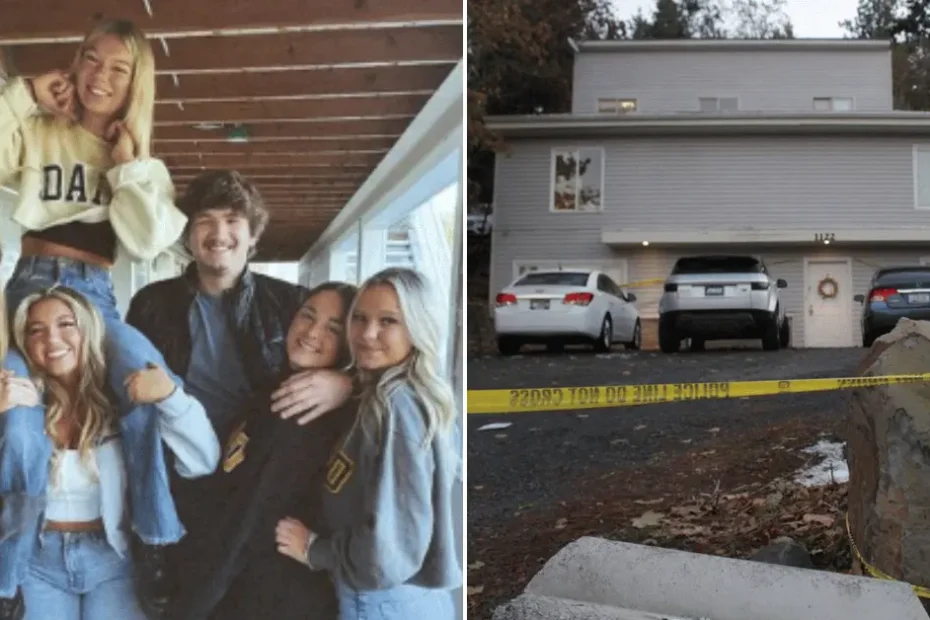a significant and emotional development, the house associated with the gruesome murders of four University of Idaho students is currently being demolished, despite objections from the victims’ families. The house, where the heinous crime took place, is being torn down, a move that has sparked controversy and ignited discussions about the implications for the upcoming trial.
The live images from the scene depict the swift demolition of the house, a process initiated despite the vocal objections of the families of the victims. The decision to tear down the house before the suspect’s trial has been a contentious issue, with concerns raised about the impact on the legal proceedings and objections from those directly affected by the tragedy.
University officials and authorities overseeing the demolition have cited security concerns and the desire to eliminate a daily reminder of the horrific crime as reasons for the swift action. The house has been a subject of ongoing security worries, with fears of break-ins and unauthorized access.

The rapid pace of the demolition, unfolding before the commencement of the suspect’s trial, has raised eyebrows and intensified the emotional toll on the families of the victims. Despite the objections, the University of Idaho is determined to complete the demolition by the end of the day, emphasizing the necessity of removing the physical structure associated with the tragic events.
The objections from two families, the Miracles, have been particularly pronounced. Senior Ron and Veronica Miracle, family members of victims, expressed their concerns about the timing of the demolition and its potential impact on the trial. In a detailed list of eight points, they highlighted issues related to jury perspectives, evidence presentation, and the understanding of entry and exit points.
The Miracles, along with other concerned families, hoped to ensure a fair and just trial, maximizing the chances of a conviction in the case. Their points raised questions about the jury’s ability to assess the crime scene accurately, considering alterations made to the house since the original crime, including cleanup efforts, hazmat procedures, and the removal of personal belongings.
While the families sought to delay the demolition until after the trial, university officials and the prosecutor’s office maintained that Idaho code would not allow the jury to enter the home due to substantial alterations. The university’s public information officer explained that the conversations around the demolition changed when the trial was indefinitely postponed, leading to the decision to proceed with the demolition.
Despite the complexities and emotional challenges associated with the decision, the University of Idaho is resolute in its course of action. Once the house is leveled, it will be replaced by an empty lot, with plans for a memorial garden on the university campus slated for next year.
The demolition raises broader questions about the intersection of legal proceedings, emotional considerations, and the desire to move forward from a traumatic event. As the controversy unfolds, it underscores the delicate balance between addressing the concerns of the victims’ families and the logistical considerations of legal processes.
In conclusion, the demolition of the house linked to the University of Idaho murders remains a deeply sensitive and debated issue. The conflicting interests of memorializing the victims, ensuring a fair trial, and addressing security concerns highlight the challenges faced by authorities and families affected by the tragic events. The aftermath of the demolition and the subsequent creation of a memorial garden will likely continue to stir discussions about the intersection of justice, emotions, and the physical remnants of a harrowing crime.
